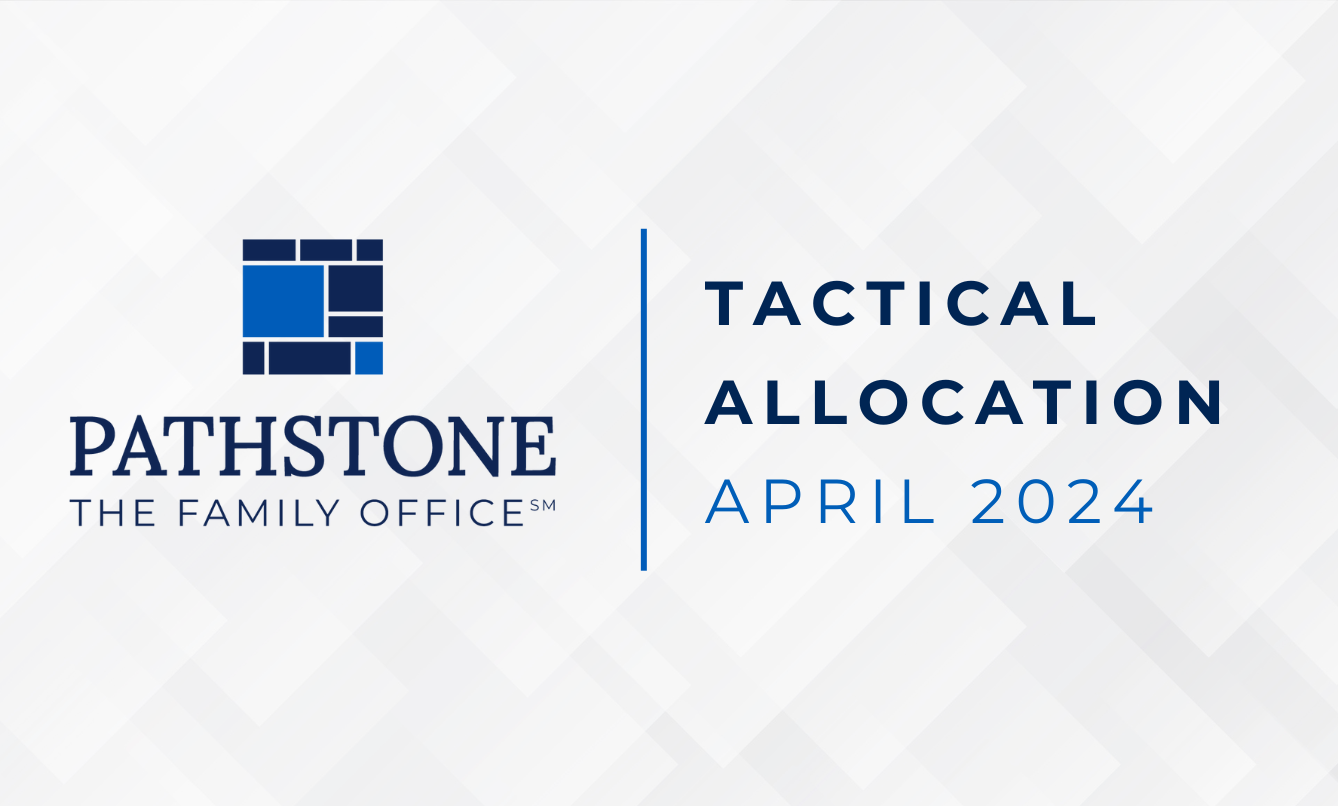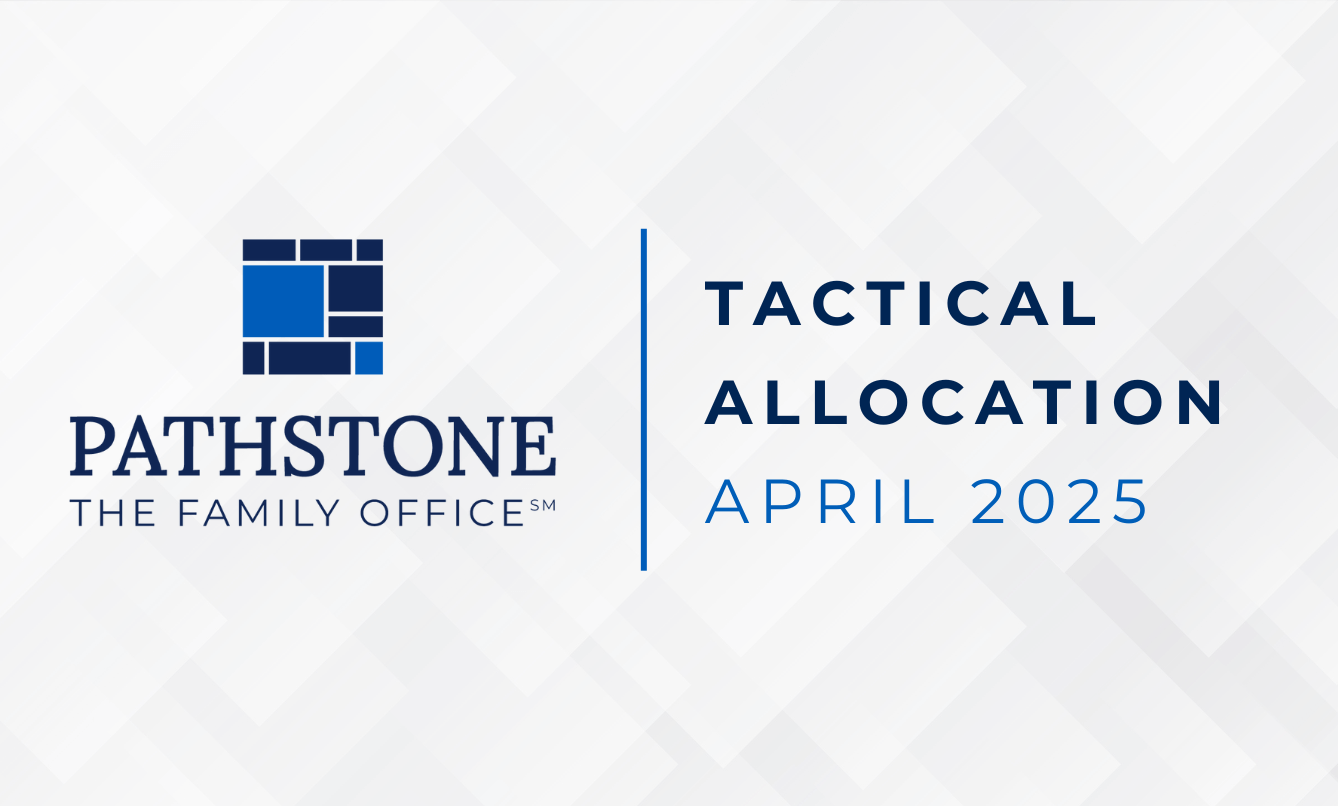We maintain our tactical positioning this quarter. We weigh a positive economic environment, as indicated by our Market Cycle Dashboards, against stretched equity valuations, as highlighted in our forward-looking Capital Market Assumptions and our Stress Test Scenario Analysis. We encourage a review of portfolio allocations and rebalancing needs after a robust first quarter for equities and a weak quarter for fixed income. Look for opportunities in areas that have not participated as strongly. Be prepared to take advantage of increasing volatility, including divergence in valuations between public and private markets. Despite the recent rally in public markets, private market purchase multiples continue to reset to lower levels.
This is a summary. Please contact your client advisor for the full Tactical Allocation Viewpoints report.
Disclosure
This communication and its content are for informational and educational purposes only and should not be used as the basis for any investment decision. The information contained herein is based on publicly available sources believed to be reliable but is not a representation, expressed or implied, as to its accuracy, completeness or correctness. No information available through this communication is intended or should be construed as any advice, recommendation or endorsement from us as to any legal, tax, investment or other matters, nor shall be considered a solicitation or offer to buy or sell any security, future, option or other financial instrument or to offer or provide any investment advice or service to any person in any jurisdiction. Nothing contained in this communication constitutes investment advice or offers any opinion with respect to the suitability of any security, and this communication has no regard to the specific investment objectives, financial situation and particular needs of any specific recipient. Past performance is no guarantee of future results.
Additional information and disclosure on Pathstone is available via our Form ADV, Part 2A, which is available upon request or at www.adviserinfo.sec.gov.
Any tax advice contained herein, including attachments, is not intended or written to be used, and cannot be used, by a taxpayer for the purpose of (i) avoiding tax penalties that may be imposed on the taxpayer or (ii) promoting, marketing or recommending to another party any transaction or matter addressed herein.








